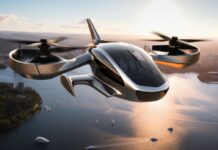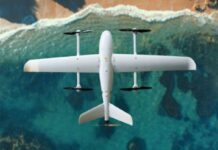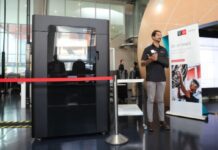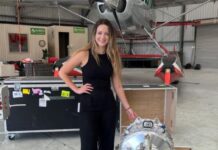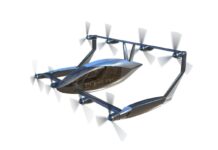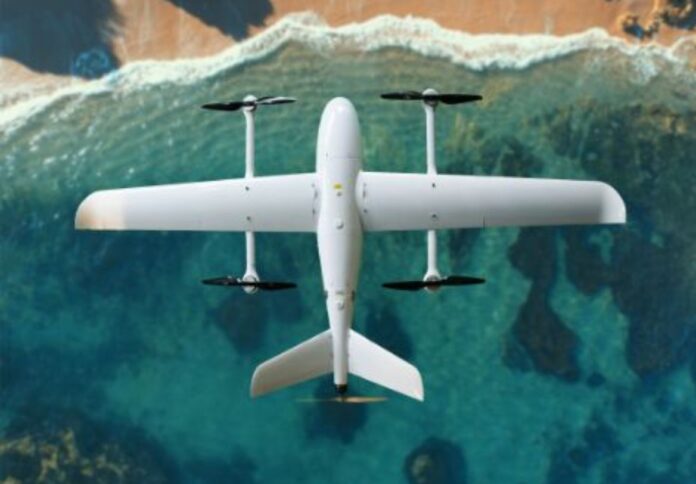
Swinburne University’s Aerostructures Innovation Research Hub (AIR Hub) has secured a $1.3 million federal government grant to develop Australia’s first hydrogen-powered drone.
Made possible through the government’s Emerging Aviation Technology Partnerships program, the funding will support the Hydrogen to the Skies project (H22S), which will develop and combine a new hydrogen propulsion system with a large-scale drone.
In a press release issued today, Swinburne said the H22S project will demonstrate how hydrogen propulsion can be commercially deployed, paving the way for the regulatory and operational developments needed to better connect regional communities.
Karen Hapgood, research professor and deputy vice-chancellor at Swinburne, added that the project connects the university’s research expertise in aerospace, hydrogen and sustainability to streamline technology capable of improving the lives of millions.
“This next-generation green technology will not only help decarbonise Australia’s aviation industry but will also have positive effects for our regional communities, emergency services and advanced manufacturing sector,” Professor Hapgood said.
“This funding will help grow Australia’s domestic clean aviation technology capabilities and ensure we can continue to create innovative technology for a better world.”
Adriano Di Pietro, director at AIR Hub, said the project is expected to have significant impacts on the Australian industry, with millions of dollars in technology export revenue generated by the early 2030s.
“With long range, zero carbon emissions and a low noise footprint, hydrogen-powered air vehicles represent the future of environmentally sustainable and socially responsible advanced air mobility,” Di Pietro said.
AIR Hub is working closely with the industry to help spearhead the commercial development of clean, zero-emissions uncrewed air systems.
“We are proud to be putting Australia at the cutting edge of this rapidly growing industry and improving outcomes for regional and remote communities across the country and the world,” Di Pietro added.
The H22S system’s first prototype is expected to be completed before the end of 2023.


